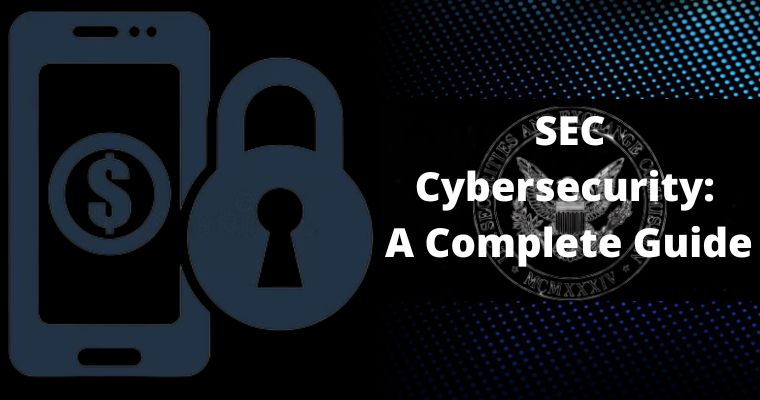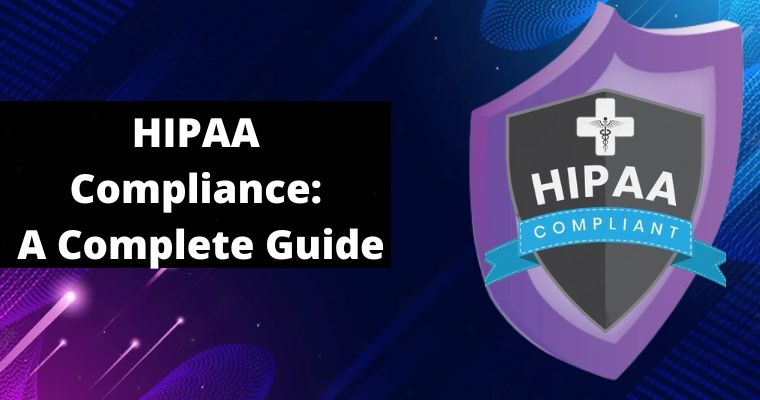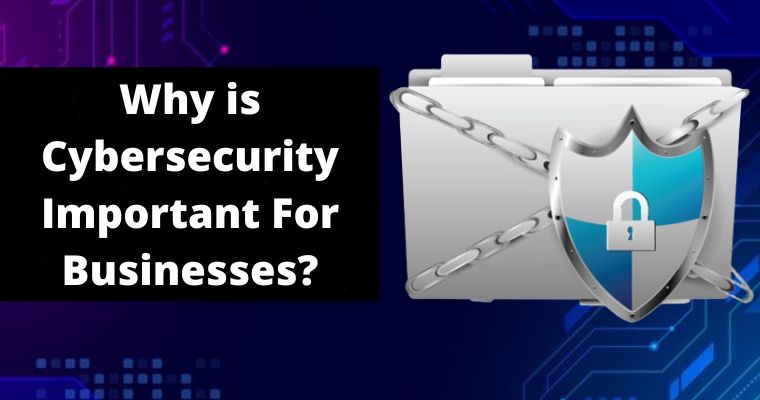Table of Contents
SEC Cybersecurity Guidance
The SEC earlier issued Cybersecurity guidance reporting for public corporations in 2018.
In January, Gensler believed the organization was considering new rules that would need investment advisers, broker-dealers, and venture firms to improve disclosures about their cyber disinfection and Cybersecurity measures in addition to data breaches.
The rising number and convolution of Cybersecurity risks facing investment advisers (IAs) have activated an increased interest in cyber risk management through the United States Securities & Exchange Commission (SEC).
Cyber risks & the SEC’s related focus are mainly appropriate for mutual funds, hedge funds, & private equity managers.
As regulators make industries and government agencies more responsible for their cyber practices, it’s gradually significant for organizations to improve their external cyber reporting capabilities.
What’s different about the latest regulations? Transparency into cyber practices & incidents is turning from intended to mandatory, from statutory to tortious, from inconsistent & incomplete to decision-useful.
The more wide-ranging information-sharing must empower businesses to build more complete actions and defenses against one of the most overwhelming risks they face.
So, the SEC determined that investors would advantage from “more timely & regular disclosures” by public companies of numerous categories of Cybersecurity-related information:
(1) Material Cybersecurity incidents
(2) Risk management and policy
(3) Governance
(4) Cybersecurity proficiency among board members.
The SEC’s proposed reporting needs are discussed in greater detail below
Keeping up with federal guidelines is an unavoidable part of Cybersecurity. While new rules aim to defend the business, they also need more work.
The U.S. Securities and Exchange Commission (SEC) lately proposed new rules that public companies will need to know.
These normalize event reporting and require periodic reporting about Cybersecurity policies and actions. What do they about? How will they affect your industry?
According to the SEC, the innovative changes are planned “to better notify investors regarding a registrant’s risk management, strategy, and control and to offer timely notification of material Cybersecurity incidents.”
Earlier guidance had stressed the significance of reporting incidents but did not have a particular timeline or yearly reporting requirements.
The proposal also mandates revelations to be presented in Inline eXtensible Business Reporting Language (‘Inline XBRL’). Governments and financial institutions can submit comments on future changes until May 9, 2022.
Compulsory Reporting Within Four Business Days
According to the SEC plan, “we are proposing improvements to need current reporting about material Cybersecurity incidents.
We are also proposing to need periodic disclosures about a registrant’s policies and procedures to recognize & manage Cybersecurity risks, management’s role in applying cybersecurity policies and procedures, & the board of directors’ Cybersecurity proficiency if any, & its oversight of Cybersecurity risk.”
Take note: if passed, companies should report within 4 business days of formative a material event has happened.
But, a purpose is different than the date of detection. The proposal states that reporting cannot be delayed while the corporation is conducting internal investigations.
Plus, the application includes non-inclusive instances of material events, such as:
• An illegal incident that has compromised the privacy, integrity, or accessibility of an information asset (data, system, or network); or violated the registrant’s safety policies or procedures
• An illegal incident that caused degradation, break, loss of control, damage to or loss of working technology systems
• An incident in which an illegal party accessed, or a party exceeded authorized access, & altered, or has stolen sensitive business information, individually identifiable information, logical property, or information that has resulted, or might result, in a loss or accountability for the registrant.
The application goes on to say that “Moreover, the proposed rules would need registrants to offer updates about earlier reported Cybersecurity incidents in their periodic reports.”
By needing follow-up, the SEC is showing that it needs organizations to clean up after an incident.
SEC Cybersecurity Framework
In February 2018 the SEC defined its views with respect to Cybersecurity disclosure requirements under the federal securities laws as they put on to public reporting firms.
Set forth below is a checklist of items included in the release that might trigger particular Cybersecurity disclosures.
How does a public corporation prepare for these proposed SEC Cybersecurity rules?
As a Cybersecurity counsel who has practiced the rush to file an 8-K after a physical cyber incident even without the new compulsory deadlines, here are my recommendations:
• Engage outside cyber guidance in advance of an event. Do not wait for an event to occur to create a relationship with a Cybersecurity attorney, mainly one knowledgeable in SEC filings.
A material cyber event can be a catastrophe for a company’s status & bottom line. Having a connection in advance can be critical to making certain that your corporation is protected in a crucial time of need.
• Once the novel rules are proposed, and even beforehand, update event response plans to comprise SEC filing deadlines and concerns.
Those on an incident response team might not be intensely involved in a company’s public filing regularity. It is significant they have situational consciousness of what is ahead.
• Understand you might not know much in the first four days of an event. Be prepared for a bit of confusion. In the first four days of an event, it is not special to have little information about the level of an incident and how far-reaching it might be.
By day four of a ransomware event, for instance, you may have simply a threat actor’s claims and understanding that your systems are encrypted. You might not know whether backups are totally viable at that time.
Let wiggle room in your disclosures for what you might learn after the early disclosure.
• Check your cyber insurance for coverage that would precisely help you as a public business. Have outside cyber advice review your cyber cover for gaps.
For instance, increased SEC disclosure needs might heighten your need for PR firms specifying in cyber crises.
• Train your Board & senior management on cyber issues with outside festivities. Gone are the days of thumping from cyber or claiming no understanding.
Get outside cyber counsel to conduct training under the cover of the attorney-client pleasure for your Board and managing team.
SEC Cybersecurity Audit
To help your preparation, we have gathered a list of questions you must ask to assess your company’s readiness for the SEC Cybersecurity Disclosure rules.
These are just to get you thinking, & we are certain you will have several additional questions once you partner with your inner stakeholders on this subject.
1. Has the company recognized a Cybersecurity professional on the board of directors? Who is the individual, and what are their experiences in this subject matter expert (SME) role?
2. What procedures are in place to offer status updates to the board’s Cybersecurity SME, & how is this information used to affect the organization’s Cybersecurity authority?
3. Who in the organization owns accountability for Cybersecurity, and what is their connection to risk management?
4. Does the corporation have an incident response team with policies & procedures outlining its accountabilities? Do they contain clear strategies for escalating and notifying corporation leadership when events occur?
5. How are Cybersecurity events tracked, compiled, & communicated to risk management? Who achieves follow-up on the incidents to make sure the matters are resolved?
6. Is anybody in the corporation performing an enterprise-level Cybersecurity risk valuation? Have controls been designed, applied, and tested?
7. Are there particular Cybersecurity policies and processes that include evaluating for materiality & drafting disclosures? How are these connected to the organization? How frequently are these reviewed and go through?
8. Do the policies and processes address the company’s approach to scheduling for cyber-attacks, preventing attacks, noticing those that do occur, and mitigating the damage from an outbreak?
9. Is the corporation using technology to track events, including the financial impact that can be used to assess incidents in aggregate?
SEC Cybersecurity Risk Alert
On April 15th, the SEC’s Office of Compliance Inspections and Examinations (“OCIE”) delivered a Risk Alert concerning its inventiveness to evaluate the Cybersecurity preparedness of the securities business.
The Risk Alert states that OCIE will conduct checkups of more than 50 registered broker-dealers & investment advisers in order to recognize areas where the SEC and the business “can work together to defend investors & our capital markets from Cybersecurity threats.”
To simplify compliance, the Risk Alert includes a model information request (“Request”) that outlines the subsequent areas where OCIE sees risk & will focus its inspections:
- Identification of Possibilities/Cybersecurity Governance
- Safety of Firm Networks & Information
- Risks Related to Remote Customer Access & Funds Transfer Requests
- Risks Related to Vendors & Other Third Parties
- Detection of Illegal Activity
- Experiences with Specific Cybersecurity Threats.
The Request offers a comprehensive roadmap of factors that firms might wish to consider in assessing their supervisory, compliance, & risk management systems. The 28 factors listed comprise several questions relating to:
- Periodic Cybersecurity risk assessments,
- Network security,
- Physical security,
- Shrinking with and monitoring vendors & other third parties
- Cybersecurity roles and tasks for staff and managers
- Cybersecurity cover.
The Risk Alert follows carefully on the heels of the SEC’s Cybersecurity Discussion held on March 26, throughout which Chair Mary Jo White said that the SEC’s “formal authority over Cybersecurity is straight focused on the reliability of our market systems, client data protection, & disclosure of material information.”
Although the Risk Alert focuses on registered broker-dealers and asset advisers, other SEC-regulated objects that sustain customer accounts or openly process client transactions on an application-way basis might find it prudent to review the factors recognized in the Risk Alert & keep a close eye on how these examinations play out in the future year.



